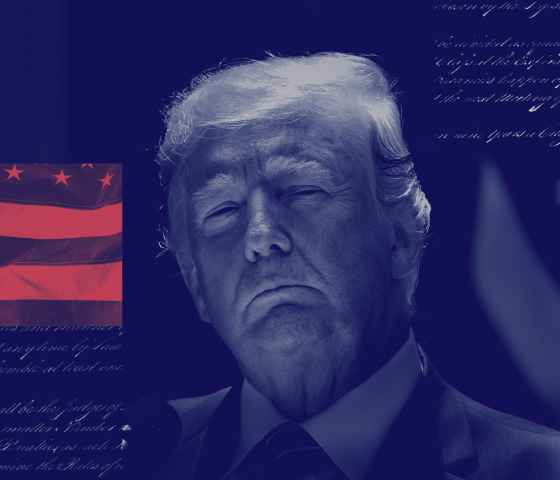Over the last six weeks it has become clear that the National Security Agency is engaged in far-reaching, intrusive, and unconstitutional surveillance of Americans' communications. Details can be found here and here. The PATRIOT ACT, a rubber stamp FISA court, and huge advances in technology have made this spectacular data collection possible.
While much of the media coverage on NSA spying has been focused on collection, we know little about how exactly this data is investigated. Thanks to John Inglis, the deputy director of the NSA, we now have some idea. And it's far from reassuring.
Yesterday, Mr. Inglis told a member of the House judiciary committee that NSA analysts can perform "a second or third hop query" through its collections of telephone data and internet records in order to find connections to terrorist organizations.
A "hop" is a term indicating connections between people. The Guardian reports:
A three-hop query means that the NSA can look at data not only from a suspected terrorist, but from everyone that suspect communicated with, and then from everyone those people communicated with, and then from everyone all of those people communicated with.
Given the multipliers involved, the scope of such a query is tremendous. Our sensitive personal information could only be a hop away from government scrutiny.
This is why upholding our rights under the Fourth Amendment is so important. We don't need to look far back in our history to find spectacular abuses of government spying on civil rights activists, peace activists and political dissidents.

